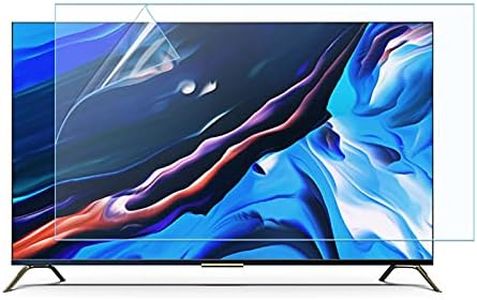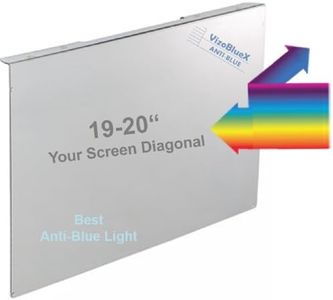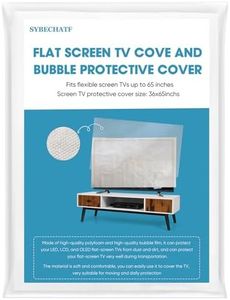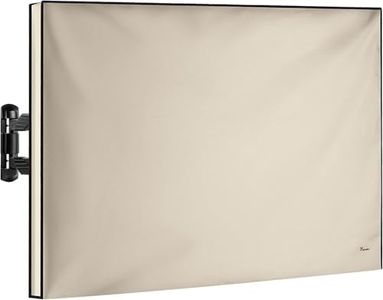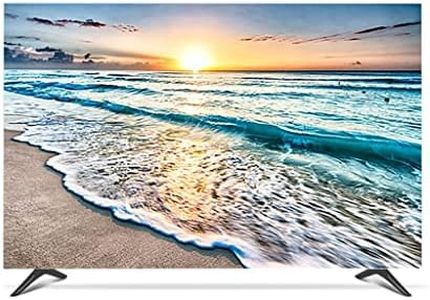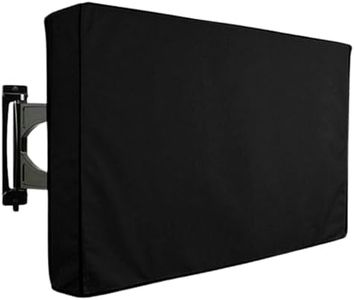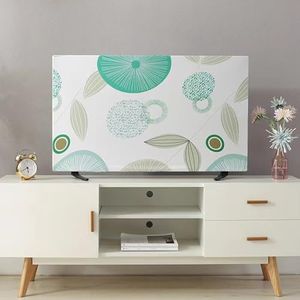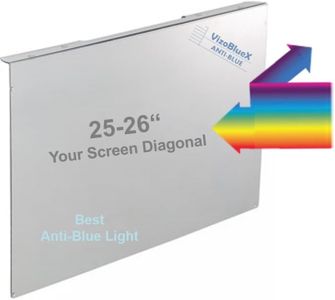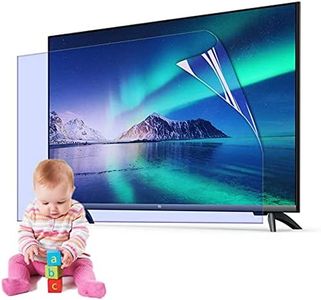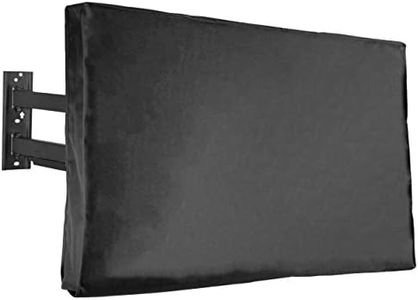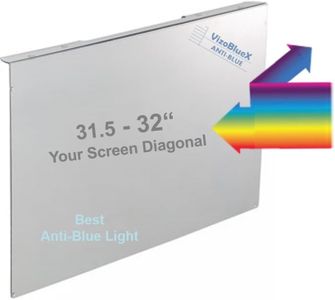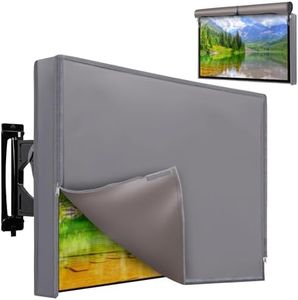We Use CookiesWe use cookies to enhance the security, performance,
functionality and for analytical and promotional activities. By continuing to browse this site you
are agreeing to our privacy policy
10 Best TV Screen Protectors
From leading brands and best sellers available on the web.By clicking on a link to a third party's website, log data is shared with that third party.
Buying Guide for the Best TV Screen Protectors
Choosing a TV screen protector is about finding the right balance between protection, visibility, and compatibility with your television. Screen protectors can safeguard your display from scratches, smudges, accidental impacts, and even glare. To pick the best option, it's important to pay attention to the size, material, thickness, clarity, and mounting style of the screen protector. Assessing these features with your viewing habits, environmental conditions, and household needs (like kids or pets) in mind will ensure you buy a protector that keeps your TV safe and your viewing experience enjoyable.Screen Size CompatibilityScreen size compatibility refers to how well the protector matches the dimensions of your TV screen. This is crucial because a protector that's too small won't cover the entire screen, leaving parts unprotected, while one that's too big may not fit properly or could overlap the frame. TV screen protectors are typically labeled with the range of TV sizes they fit, often in inches measured diagonally. To pick the right one, always measure your TV screen (just the display, not including bezels) and look for a protector that matches or closely fits those dimensions. This is especially important for ultra-slim or curved TVs, which may need specially shaped protectors.
Material QualityThe material of a screen protector largely determines its durability and protective qualities. Common materials include acrylic, polycarbonate, and tempered glass. Acrylic is lightweight and does a good job against scratches and minor bumps. Polycarbonate is tougher and more resistant to impacts, which is ideal for homes with energetic kids or pets. Tempered glass offers the highest clarity and scratch resistance, often feeling closest to an actual TV screen. Your choice should depend on your main concern—go for stronger materials if accidents are likely, or lighter ones if you're mainly worried about dust and fingerprints.
ThicknessThickness measures how robust the protector is and how much it may alter the look of your TV. Thicker protectors offer more impact resistance but can sometimes cause more reflection or slightly reduce picture quality. Typical thicknesses range from thin sheets (about 1mm) for basic scratch protection up to thicker slabs (about 3-5mm) for heavy-duty use. If your household has high risk of falls or hits, a thicker option makes sense. For low-traffic, adult-only rooms, a thinner protector might be enough and preserve picture sharpness.
Transparency and ClarityTransparency and clarity refer to how well you can see your TV’s image through the protector. Some protectors offer nearly invisible protection, while others can slightly dim or blur the screen, especially if they're low quality or very thick. Many are made with anti-glare or anti-reflective coatings to reduce reflections from windows or lights, which is helpful in bright rooms. When deciding, consider how important perfect image quality is to you—movie buffs might prefer ultra-clear options, while in busy or outdoor areas, anti-glare might be a bigger priority.
Mounting StyleMounting style describes how the protector attaches to your TV. Some use simple clips or Velcro straps, while others rest over the screen or attach with clear adhesive tabs. Clip-on and rest-on protectors are easy to remove for cleaning, but must fit your frame type. Adhesive styles can provide a sleeker, almost invisible look, but are harder to remove and may leave residue. If you plan to take the protector on and off often, choose a non-adhesive style. For semi-permanent, low-profile coverage, adhesives may be better. Always check that your TV’s frame is compatible with the chosen mounting style.
Special FeaturesSome screen protectors offer extra features like blue light filtration, fingerprint resistance, or enhanced shatter resistance. Blue light filtering can reduce eye strain, especially if you watch TV for long periods. Fingerprint resistance is useful if you have children who may touch the screen often. Enhanced shatter resistance might matter most for playrooms or public spaces. Pick extra features based on the specific challenges you expect in your environment.

